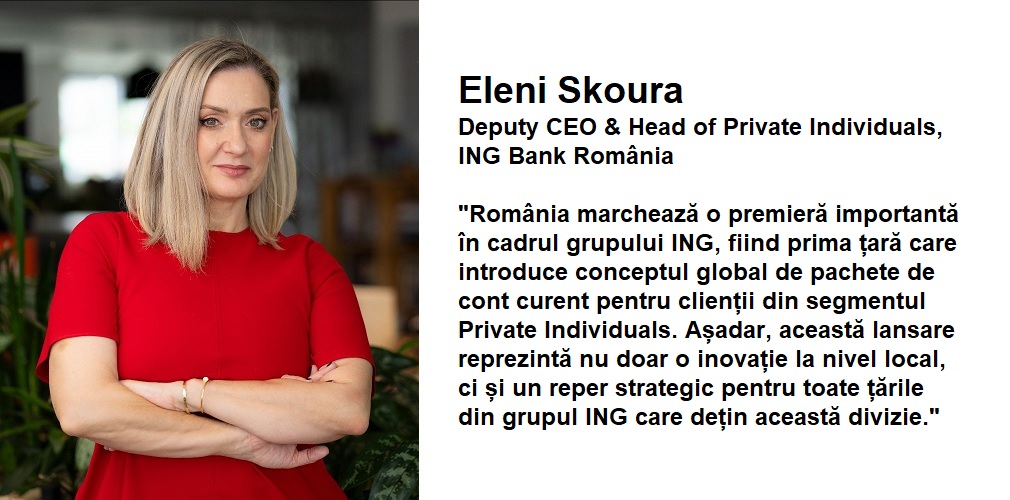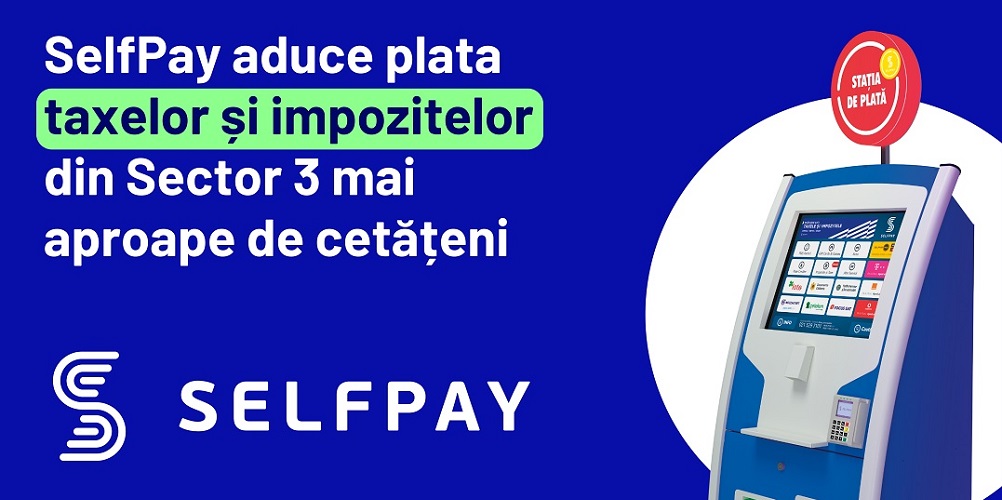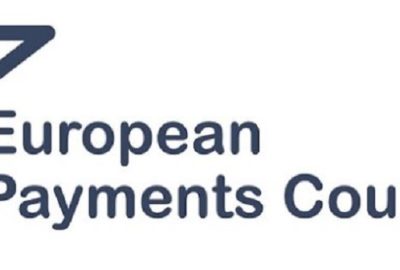Announcing IBM z16: real-time AI for transaction processing at scale and industry’s first quantum-safe system

IBM today unveiled IBM® z16™, IBM’s next-generation system with an integrated on-chip AI accelerator—delivering latency-optimized inferencing. IBM z16 will be generally available on May 31, 2022.
„This innovation is designed to enable clients to analyze real-time transactions, at scale – for mission-critical workloads such as credit card, healthcare and financial transactions,” according to the press release.
„IBM z16 also is specifically designed to help protect against near-future threats that might be used to crack today’s encryption technologies,” says the company.
IBM innovations, including the IBM z16, have formed the technology backbone of the global economy for decades. Today’s modern IBM mainframe is central to hybrid cloud environments, valued by two thirds of the Fortune 100, 45 of the world’s top 50 banks, 8 of the top 10 insurers, 7 of the top 10 global retailers and 8 out of the top 10 telcos as a highly secured platform for running their most mission critical workloads. For example, according to a recent IBM commissioned study by Celent „Operationalizing Fraud Prevention on IBM Z,” IBM zSystems run 70% of global transactions, on a value basis.2
„IBM is the gold standard for highly secured transaction processing. Now with IBM z16 innovations, our clients can increase decision velocity with inferencing right where their mission critical data lives,” said Ric Lewis, SVP, IBM Systems. „This opens up tremendous opportunities to change the game in their respective industries so they will be positioned to deliver better customer experiences and more powerful business outcomes.„
Real-time enterprise AI to revolutionize industries with new use cases and applications
Financial institutions worldwide struggle with the impacts of fraudulent activities on their revenues and consumer interactions. According to a new study from IBM and Morning Consult „2022 IBM Global Financial Fraud Impact Report,” credit card fraud is the most common type of fraud among consumers in the seven countries surveyed. Furthermore, respondents said they believe that banks and payment networks should be most responsible for preventing fraud. But running deep-learning models at scale in real-time has not been possible due to latency issues, meaning fraud detections models are only run on less than 10% of high-volume transactions – a significant amount of fraud is going undetected.
IBM z16 uniquely brings together AI inferencing, via its IBM Telum Processor, with the highly secured and reliable high-volume transaction processing IBM is known for. For the first time, banks can analyze for fraud during transactions on a massive scale: IBM z16 can process 300 billion inference requests per day with just one millisecond of latency3. For consumers, this could mean reducing the time and energy required to handle fraudulent transactions on their credit card. For both merchants and card issuers, this could mean a reduction in revenue loss as consumers could avoid frustration associated with false declines where they might turn to other cards for future transactions.
Other threats including tax fraud and organized retail theft are emerging as challenges for governments and businesses to control. Real-time payments and alternative payment methods like cryptocurrencies are pushing the limits on traditional fraud detection techniques. Applying the new capabilities of IBM z16 to other industries can help create an entirely new class of use cases, including:
. Loan approval: to speed up approval of business or consumer loans
. Clearing and settlement: to determine which trades and/or transactions may have a high-risk exposure before settlement
. Federated learning for retail: to better model risk against fraud and theft
Securing data with the industry’s first quantum-safe system
In a hybrid cloud environment inclusive of on-premises and public cloud resources, it is critical to protect against today’s threats and posture against cyber criminals who may be stealing data now for decryption later. Building on IBM technologies like Pervasive Encryption and Confidential Computing, IBM z16 takes cyber resiliency a leap further by protecting data against future threats that could evolve with advances in quantum computing.
As the industry’s first quantum-safe system4, IBM z16 is underpinned by lattice-based cryptography, an approach for constructing security primitives that helps protect data and systems against current and future threats. With IBM z16 quantum-safe cryptography, businesses can future-ready their applications and data today.
With secure boot (meaning that bad actors cannot inject malware into the boot process to take over the system during startup), IBM z16 clients can strengthen their cyber resiliency posture and retain control of their system. Also, with the Crypto Express 8S (CEX8S) hardware security module will offer clients both classical and quantum-safe cryptographic technology to help address their use cases requiring information confidentiality, integrity and non-repudiation. IBM z16’s secure boot and quantum-safe cryptography can help clients address future quantum-computing related threats including harvest now, decrypt later attacks which can lead to extortion, loss of intellectual property and disclosure of other sensitive data.
Dariusz Mazurkiewicz – CEO at BLIK Polish Payment Standard
Banking 4.0 – „how was the experience for you”
„To be honest I think that Sinaia, your conference, is much better then Davos.”
Many more interesting quotes in the video below:












